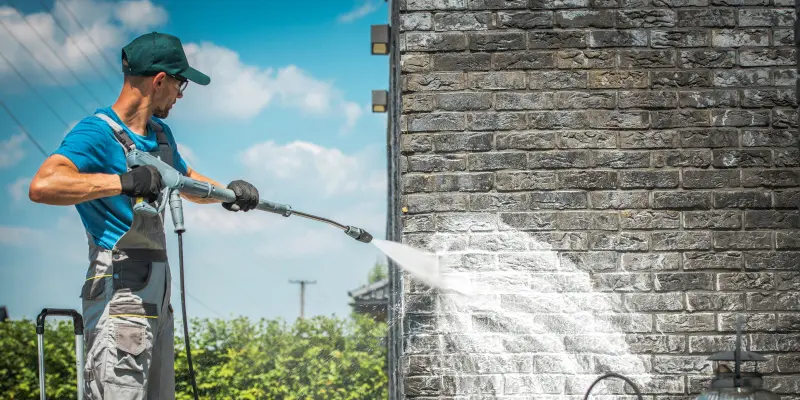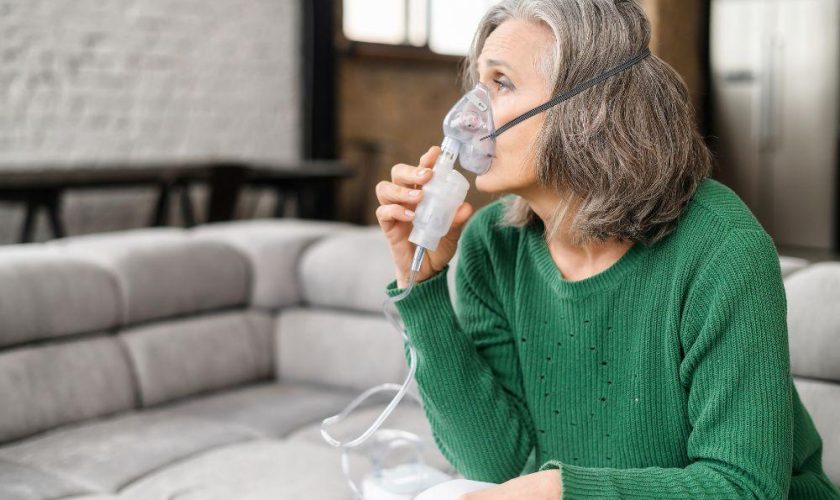A well-maintained property leaves a lasting impression and improves its curb appeal. Scheduled exterior cleaning is one of the most effective ways to achieve this goal. Let’s explore how regular exterior maintenance can enhance the longevity of commercial properties in Kansas City.
Exterior surfaces are constantly exposed to the elements, which can lead to wear and tear over time. This is where professional commercial cleaning services Kansas City come in, ensuring that your property is visually appealing and structurally sound. Additionally, maintaining clean exterior surfaces prevents the growth of mold, mildew, and algae, which thrive in moist environments.
The Power of Pressure Washing
Pressure washing is one of the most effective methods for maintaining the exterior of commercial properties. It uses high-pressure water to remove dirt, grime, mold, mildew, and other contaminants from surfaces. Pressure washing helps to restore the property’s clean, fresh look while preventing long-term damage.
In addition to improving the property’s aesthetic, pressure washing can help protect surfaces from deterioration. Surfaces such as brick, concrete, and wood are particularly susceptible to the elements and may suffer from stains or erosion if not correctly maintained and cleaned. Regular pressure washing removes harmful buildup before it can cause lasting damage.
Increased Property Value
A well-maintained building is a desirable investment, making it more attractive to potential buyers or tenants. Properties in Kansas City that receive regular upkeep tend to retain their value better than those with visible signs of neglect. Scheduled cleaning ensures that the building’s exterior maintains a fresh and inviting appearance.
Moreover, potential buyers or tenants are likely to see scheduled cleaning as an indication of responsible property management. It signals that the property owner cares about its upkeep, which can lead to better leasing rates.
Long-Term Structural Protection
One of the primary advantages of scheduled exterior maintenance is the protection it provides to the building’s structure. Accumulated debris, dirt, and contaminants can cause deterioration to walls, windows, and other exterior components over time. Regular tidying reduces the likelihood of these materials causing permanent damage to surfaces, thereby extending the building’s lifespan.
Additionally, regular washing can identify early signs of wear or damage that may otherwise go unnoticed. Early detection of issues like cracks, leaks, or corrosion can prevent more extensive and costly repairs in the future. This proactive approach helps preserve the structural integrity of the property, ensuring it remains in top condition for years.
Other Advanced Cleaning Tools
When it comes to maintaining the exterior of commercial properties in Kansas City, advanced cleaning tools like steam and water brooms can provide a higher level of effectiveness and efficiency.
Let’s explore some of the most powerful tools used in advanced exterior cleaning:
- Steam cleaning: This method uses high-temperature steam to dissolve dirt, grease, and stains without the need for harsh chemicals.
- Low-pressure industrial cleaning: It is perfect for cleaning delicate materials, such as wood and painted surfaces, providing a safe yet effective solution.
- Rotary cleaning: A rotary machine uses a rotating brush or nozzle to scrub surfaces, providing a deep clean on larger areas such as sidewalks and driveways.
- Water broom: It removes dirt and debris in a fraction of the time, making it particularly helpful for cleaning sidewalks and huge parking lots.
Commercial property owners can avoid long-term damage and expensive repairs by using these cutting-edge tools to keep their facilities clean and well-maintained.
Scheduled exterior cleaning has a direct impact on the longevity of commercial properties in Kansas City, and commercial cleaning services in Kansas City play a crucial role in this process. By prioritizing regular maintenance, property owners can protect their investments and create safer, more attractive environments for clients and tenants. Regular exterior cleaning is a smart choice for businesses looking to maintain their property’s long-term health and value.



